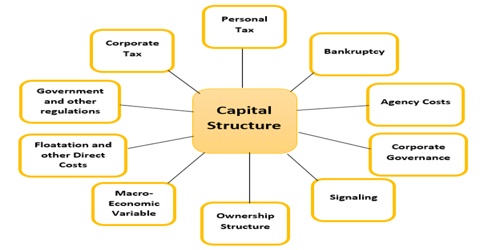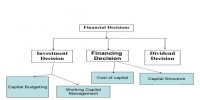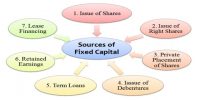Financial Risk in Capital Structure
The capital structure is how a firm finances its overall operations and growth by using different sources of funds. Debt comes in the form of bond issues or long-term notes payable, while equity is classified as common stock, preferred stock or retained earnings. Debt is cheaper but is more risky for a business because payment of interest and the return of principal is obligatory for the business. Any default in meeting these commitments may force the business to go into liquidation. There is no such compulsion in case of equity, which is therefore, considered risk-less for the business. Higher use of debt increases the fixed financial charges of a business. As a result, increased use of debt increases the financial risk of a business.
Financial risk is the chance that a firm would fail to meet its payment obligations. Capital structure of a business thus, affects both the profitability and the financial risk. A capital structure will be said to be optimal when the proportion of debt and equity is such that it results in an increase in the value of the equity share. In other words, all decisions relating to capital structure should emphasis on increasing the shareholders wealth. The proportion of debt in the overall capital is also called financial leverage. Financial leverage is computed as (Debt/ Equity) or, D/E or D/(D+E) when D is the Debt and E is the Equity. As the financial leverage increases, the cost of funds declines because of increased use of cheaper debt but the financial risk increases. The impact of financial leverage on the profitability of a business can be seen through EBITEPS (Earning before Interest and Taxes-Earning per Share) analysis. The primary factors that influence a company’s capital-structure decision are: Excluding debt, business risk is the basic risk of the company’s operations. The greater the business risk, the lower the optimal debt ratio.














